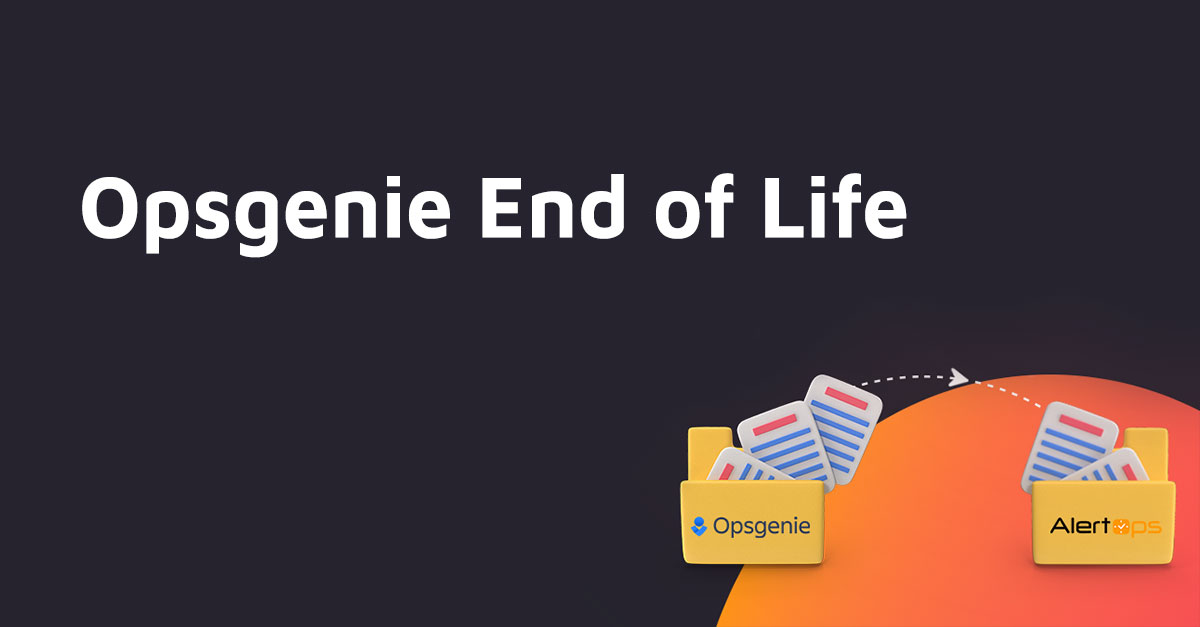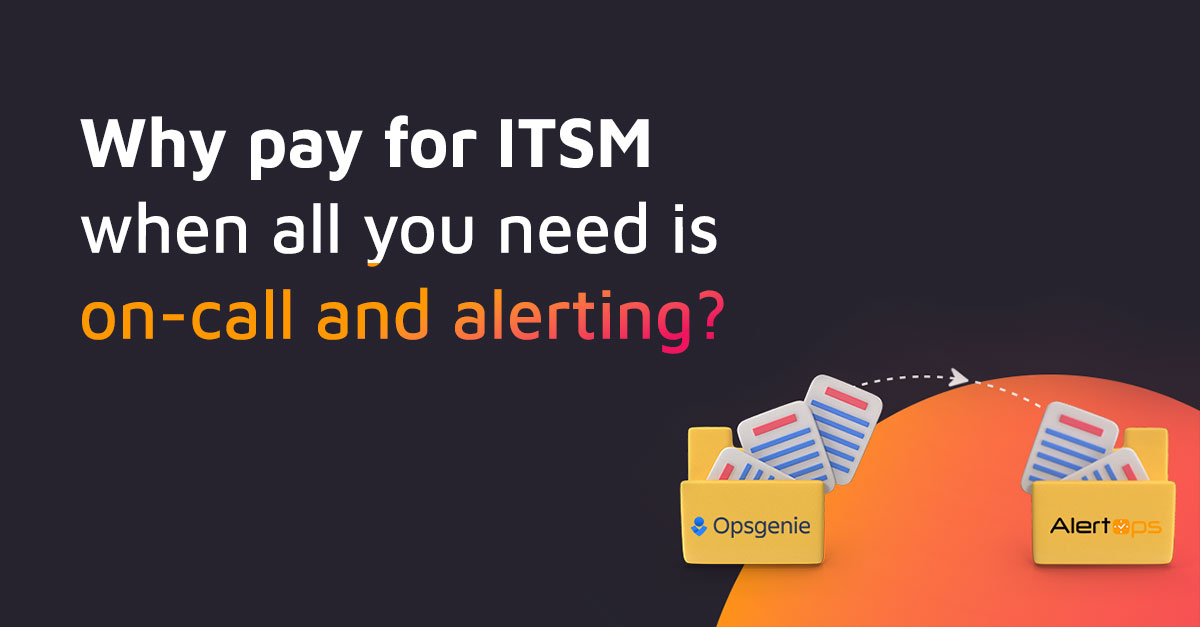Today’s IT teams require analytics. With the right analytics tools in place, IT teams can discover patterns and trends in massive amounts of structured and unstructured data. Then, IT teams can use these insights to implement meaningful business changes, leading to reduced operating costs and increased productivity and efficiency.
AlertOps features analytics that you simply won’t find with PagerDuty and other incident management systems. Our analytics are designed to increase IT visibility and accountability so you can evaluate contractors, adjust staffing levels and budget better than ever before.
Since AlertOps tracks all interactions, you can document key performance indicators (KPIs) and adherence to service-level agreements (SLAs). AlertOps includes multiple report templates, as well as built-in response and acknowledgement capabilities to track the status of open and closed notifications. Our reports also can be used to compare performance against the mean or between users or groups. You can even extract additional business intelligence from the AlertOps database for deeper analysis. That way, you always know what’s happening with your IT operations.
AlertOps provides the following IT reports:
- Alert Trend: Enables IT teams to track the number of incidents (alerts) created and resolved, SLA performance, average time to resolution and SLA violation days. An Alert Trend report can be run weekly, monthly, quarterly or yearly, and you can filter each report based on priority and/or topic.
- Alert Summary: Provides a snapshot view of an IT team’s performance over the course of a day or week. An Alert Summary report enables you to measure SLA performance, view performance based on topic and priority and examine assignment distribution among team members.
- Alert Assignment: Helps IT team members manage current incidents. With an Alert Assignment report, you can see how many incidents (alerts) are assigned to each team member, monitor SLA performance by person and filter alerts by priority.
- Open Alerts: Highlights open incidents. An Open Alerts report includes dashboards that boast comprehensive visualizations, ensuring you should have no trouble managing open incidents.
- Top 5 P1 Alerts: Shows the top five open alerts. The Top 5 P1 Alerts report includes a graph that shows the top five open alerts, ranked by hours and number of hours open. Also, you can click on any of the five open alerts to obtain additional details.
- SLA Violation in Days: Groups alerts by SLA violation days. Like the Top 5 P1 Alerts report, the SLA Violation in Days report enables you to click on individual alerts in each bucket to review additional details.
- Top 5 Assignees: Displays the top five incident (alert) assignees. Moreover, the Top 5 Assignees report allows you to view each assignee’s open alerts.
- Open Count by Priority: Offers insights into all open alerts based on priority.
- Open Count by Status: Highlights all open alerts based on status.
- Top 5 Topics: Shows a top-five list of topics.
AlertOps analytics empower IT teams to take a data-driven approach to their day-to-day operations. As a result, IT teams can gain the insights they need to make more informed decisions, faster than ever before.
To find out more about AlertOps and our incident management system’s analytics, please call us today at (844) 292-8255 or via email at sales@alertops.com.
Not yet convinced? Well, in Part 5 we discuss the difference in how AlertOps approaches both automatic and manual pageouts.



